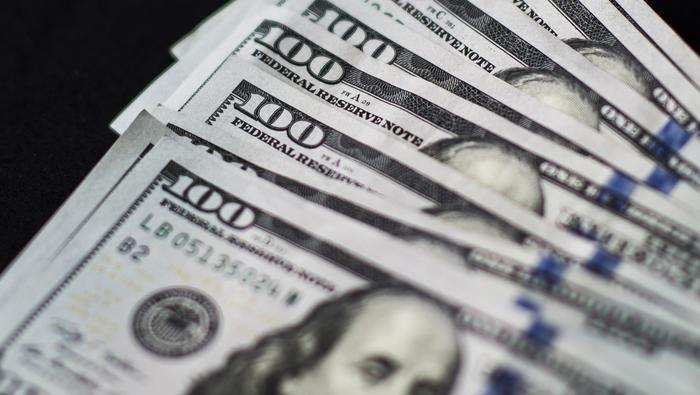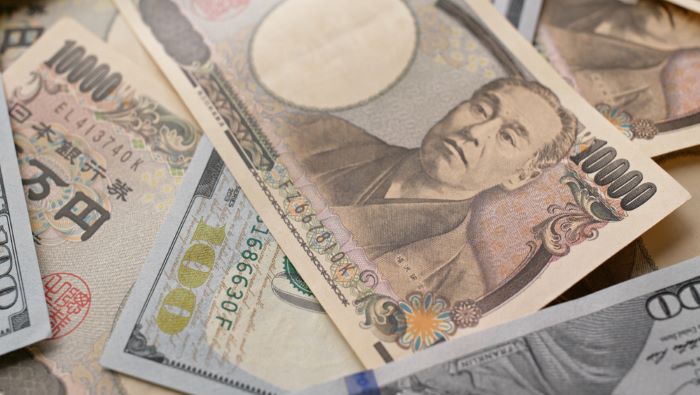USD/ZAR Analysis:
- SA’s official Q2 unemployment rate at 23.3%, down from 30.1% in Q1
- The unemployment calculation has been positively influenced by the lockdown as many despondent job seekers have been omitted from the calculation
- USD/ZAR had been trading lower after the announcement. Full analysis below
SA’s Unemployment Rate Declines to 23.3%
After having to delay the release of the official and expanded unemployment rate due to Covid-19, Stats SA communicated that unemployment had in fact declined, contrary to expectations of an increase in unemployment.
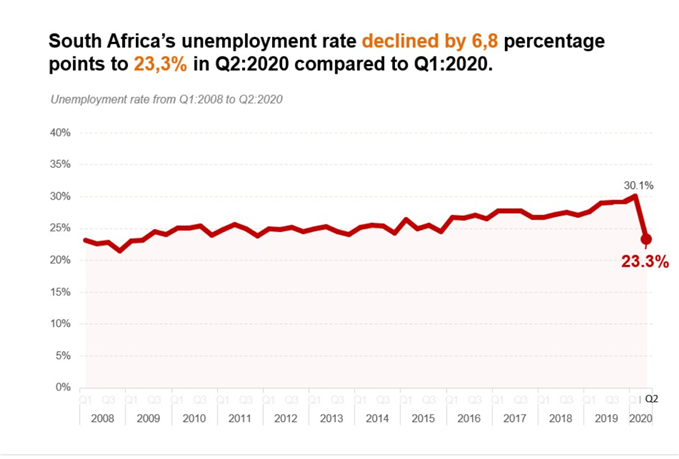
Reference: Stats SA
For all market-moving data releases and events see the DailyFX Economic Calendar



Why the Calculation of Unemployment Matters
The supposed improvements in the labor market is very much a function of the way the unemployment rate is calculated. The unemployment rate is arrived at by dividing unemployed individuals that are still actively seeking employment by the total labor force. The labor force consists of those who are employed and the unemployed who are actively seeking employment).
Unemployment Rate = Unemployed Individuals/Labor Force
However, due to restricted movement under the most stringent period of lockdown (level 5), many who were unemployed were unable to seek employment or less able to seek employment than pre-Covid. The result of this means that they fell outside of the definition of “unemployed” as they were not seen to be actively seeking employment and were therefore classified as “discouraged work seekers”.
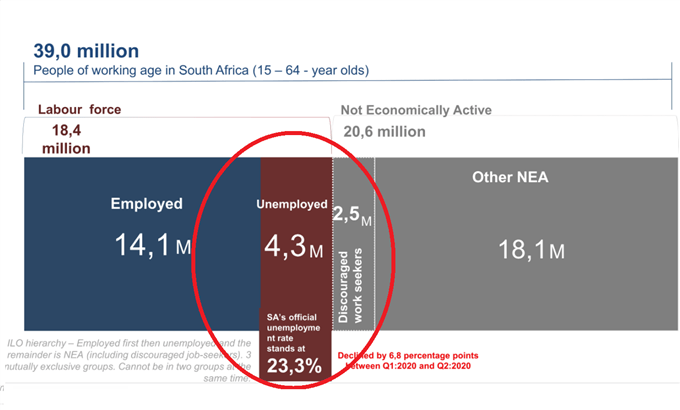
Reference: Stats SA
Therefore, the flattering figure is not necessarily reflective of the true picture of unemployment when compared to the wider definition of unemployment that considers all unemployed individuals within the working age range. This figure stands at 42% of the population or 10.3 million individuals.
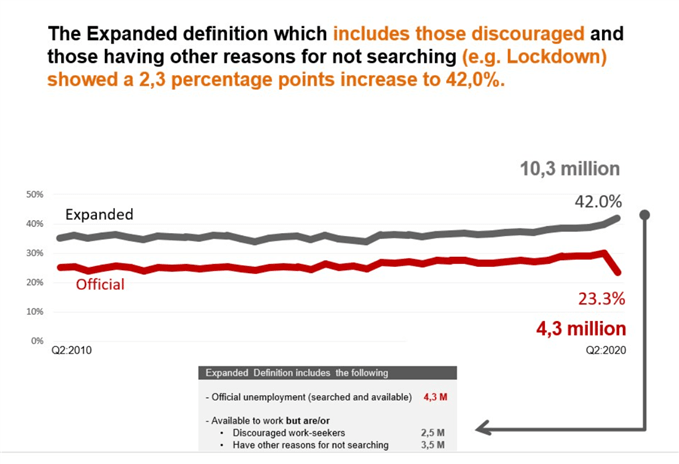
Reference: Stats SA
USD/ZAR Price Action and Analysis
The USDZAR currency pair has traded in a very choppy fashion since the second week of June and has presented no clear signs of a long term directional bias/ trend. USD/ZAR has traded within the broader range of 17.7860 and 16.0000 and now trades roughly in the middle of that range.
The pairing recently bounced off the 38.2% Fib level (drawn from the January low to the April high, 2020) and has continued to move lower. Price action is testing the 16.8000 level with a break and close below this level bringing the 16.5300 and the 16.3300 levels of support into focus.
A rejection of the 16.8000 level combined with a break above the blue zone of resistance (16.95000 – 17.0000), could see a retest of the 38.2% Fib level (17.2650) and possibly even the 17.5000 and swing high of 17.7860 should upward momentum persist.
USD/ZAR Daily Chart with Key Technical Levels
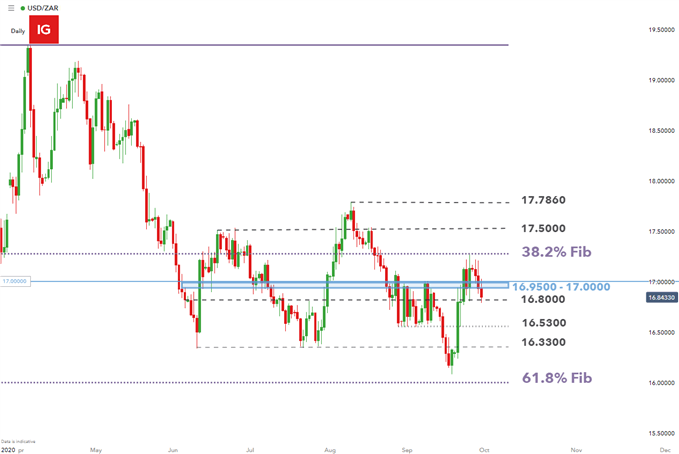
Chart prepared by Richard Snow, IG
--- Written by Richard Snow for DailyFX.com
Contact and follow Richard on Twitter: @RichardSnowFX




